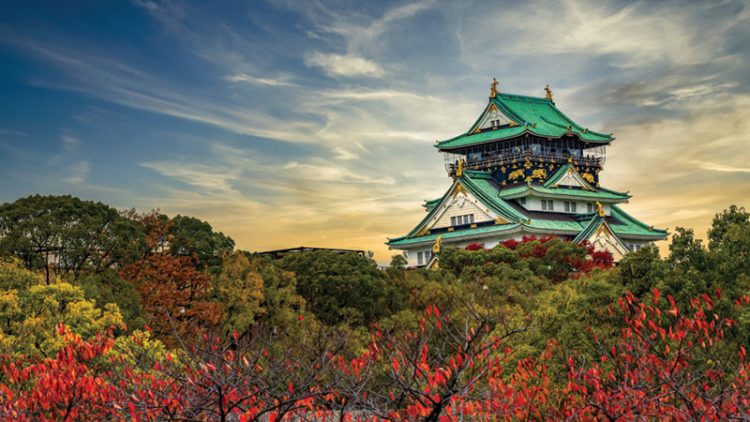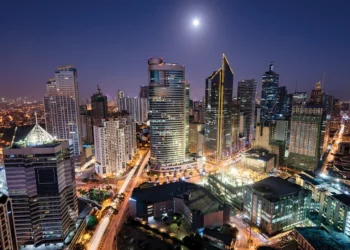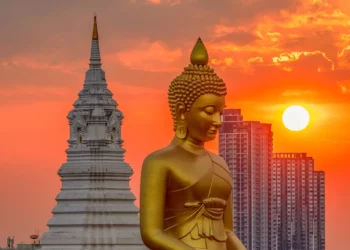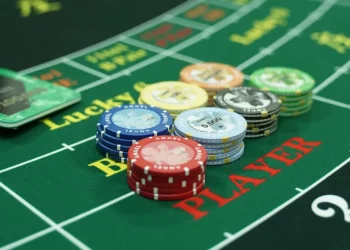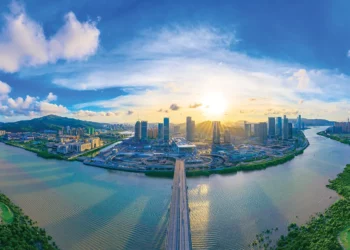IAG spoke with representatives of the Osaka Convention & Tourism Bureau, which plays a leading role in promoting MICE and tourism in Osaka, to learn about its response to the COVID-19 pandemic.
The Osaka Convention & Tourism Bureau has published guidelines for hosting MICE events as it looks to start the transition from the “living with COVID” to the “post-COVID” era and lead Japan’s economic recovery.
The Bureau began drafting the document, titled “Guidelines for MICE Event Organizers for Infectious Disease Control,” back in April with a focus on how events could be held safely.
They were formulated under guidance from infectious disease experts such as Dr Tetsuo Kase, specially-appointed lecturer at Osaka City University, while also carefully considering government policies, the opinions of stakeholders and the current state of MICE overseas.
FIVE MONTH HIATUS
Naturally, the majority of Osaka MICE events during the first half of 2020 were canceled or postponed due to the spread of COVID-19. The final event to be held at Intex Osaka, which was the venue for two large-scale IR events in 2019, was the Regenerative Medicine Expo in February. Since then the site has been quiet, but the 12th Annual Kansai Hotel and Restaurant Show – a B2B event scheduled to run from 29 to 31 July at time of publishing – was to operate based on these new guidelines.
The event’s capacity was capped at 8,000 and specific measures implemented such as air ventilation throughout the entire venue and thorough cleaning and disinfection of common areas. In addition to creating an emergency communication network and confirming hospitals that can accept foreigners, the guidelines stipulate methods for preventing the entrance of people who are feeling unwell or have a fever.

AVOIDING THE “THREE CS”
Besides maintaining a hygienic environment during conventions, the new guidelines require participants to register online in advance so as to avoid the so-called “three Cs” – Closed spaces with poor ventilation, Crowded places with many people nearby, Close-contact settings such as close-range conversations. There are also guidelines for limiting entrants to between 300 and 400 per hour and arrangements for seating and keeping distance from others.
The Osaka Convention & Tourism Bureau says, “This event will be held in an unprecedented environment. This event is a huge first step so we want to do what we can.”
The Bureau has even coordinated with health centers and medical facilities near the venue and arranged a support system for providing information related to call centers in case of emergencies. These guidelines continue to be updated regularly based on the state of the central government and Osaka.
ECONOMIC RIPPLE EFFECT
There is good reason to place such a strong focus on the four letters in MICE: Meetings, Incentives, Conferencing and Exhibitions, with Japanese authorities showing a keen interest in the potential economic ripple effect.
According to data published by the Japan Tourism Agency in 2018, the economic ripple effect is currently estimated at approximately JPY1 trillion (US$9.33 billion), employing 96,000 people and generating tax revenue of around JPY82 billion (US$765 million). For example, an international convention with attendance of 10,000 is said to have an economic ripple effect of approximately JPY3.8 billion (US$35.5 million).
Gathering so many experts in their field together under one roof also creates new business and innovation opportunities, helping circulation of the economy, and has the added benefit of brand power for the host city, increasing its competitiveness.
 A prime example of this is Singapore. Since the opening the city’s two IRs in 2010, Marina Bay Sands and Resort World Sentosa, and their respective MICE capabilities, Singapore has developed a strong reputation as a leading convention hub in Asia.
A prime example of this is Singapore. Since the opening the city’s two IRs in 2010, Marina Bay Sands and Resort World Sentosa, and their respective MICE capabilities, Singapore has developed a strong reputation as a leading convention hub in Asia.
THE PUSH FOR SPORTING EVENTS
According to the Osaka Convention & Tourism Bureau, Osaka prefecture and city plan to forge ahead with hosting major sporting events and have committed to reducing the rental price of the multipurpose arena, Osaka Castle Hall, by half – a measure also taken by Intex Osaka.
On 12 July, Osaka Castle Hall resumed professional wrestling matches with spectators and an international boxing event is scheduled to take place within the year.
When the World Health Organization declared COVID-19 as a pandemic in March, IAG spoke with Tetsuo Takashima, author of the Japanese novel Pandemic, which prophesizes this strange new world we now live in.
His words at the time were, “The important thing is to fear what should be feared. We need to fear correctly.”
While the COVID-19 pandemic is far from over, governments are now starting to weigh the importance of keeping their citizens healthy while resurrecting economies in desperate need of a jump-start. In this way they know they must act smart but fear only what should be feared.






